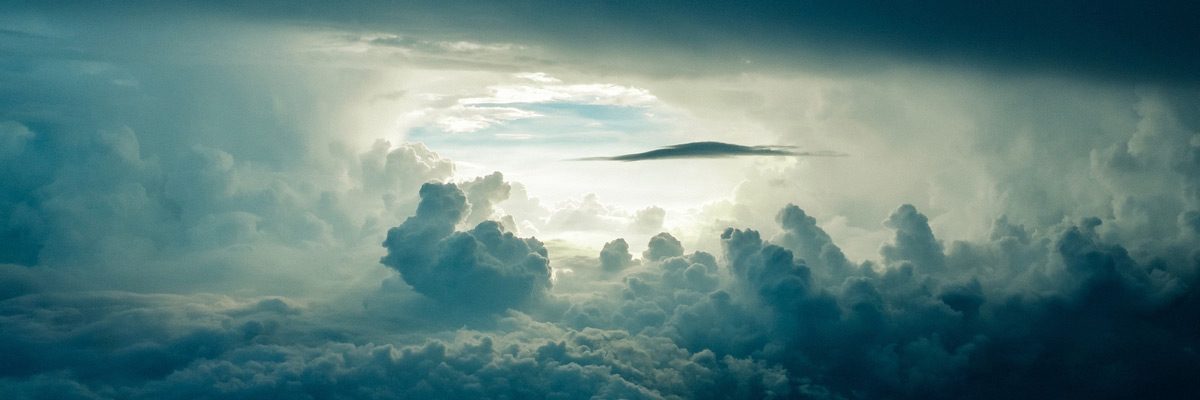There are times when I wonder WHY is this a story? I have been leery about running articles about the environment because the state of it is so bad that any comments would be dreary. What with the Gulf Spew, Russia catching on fire and the nuclear accident in Japan, is there anything left to say? I saw this article earlier this morning and I thought, Ok this is a little different and I love Albatrosses. They are such magnificent birds. Then I read the article and could not grasp the point of it. The headline seems pretty clear, but the body of the article seems not to support it. Read the whole thing at the site below:
http://www.bbc.co.uk/news/science-environment-13121088
18 April 2011 Last updated at 17:07 ET
Feathers tell century-plus tale of mercury pollution
 By Richard Black Environment correspondent, BBC News
By Richard Black Environment correspondent, BBC News
Albatross feathers from museum specimens have allowed scientists to construct a record of mercury pollution dating back more than 100 years.
The feathers, from the black-footed albatross, contain traces of mercury that the birds picked up when they fed.
The species is endangered; and although fishing is the main cause, the team suggests mercury levels may have been high enough to impair breeding.
The study is published in Proceedings of the National Academy of Sciences.
The team analysed feathers from 54 birds kept in museums at Harvard University and the University of Washington in Seattle, US.
The oldest samples are 120 years old.
There was no trend in overall mercury concentrations over time.
But the level of methylmercury – a toxic form of the metal, formed often by bacteria, did show a rise.
Methylmercury is easily absorbed by marine lifeforms such as small fish; and predators of those lifeforms, such as birds, can end up with big concentrations in their tissue.
It can cause developmental defects in humans, and there is evidence that it can damage reproduction in birds and fish.
“People have looked at mercury levels using museum specimens before, but mostly in the Atlantic,” said Scott Edwards, a biology professor at Harvard who also curates the university museum’s ornithology collection.
“Ours is one of the first to look at patterns in the Pacific basin; this has the largest number of seabird colonies, has the most endangered colonies, and is under severe threat from mercury emissions from Asia.”
About half of the mercury going into the atmosphere comes from natural sources such as volcanoes.
Of the other half, the biggest source is coal-burning, with mercury ocurring as a trace element in many coal deposits.
:}
More tomorrow.
:}
